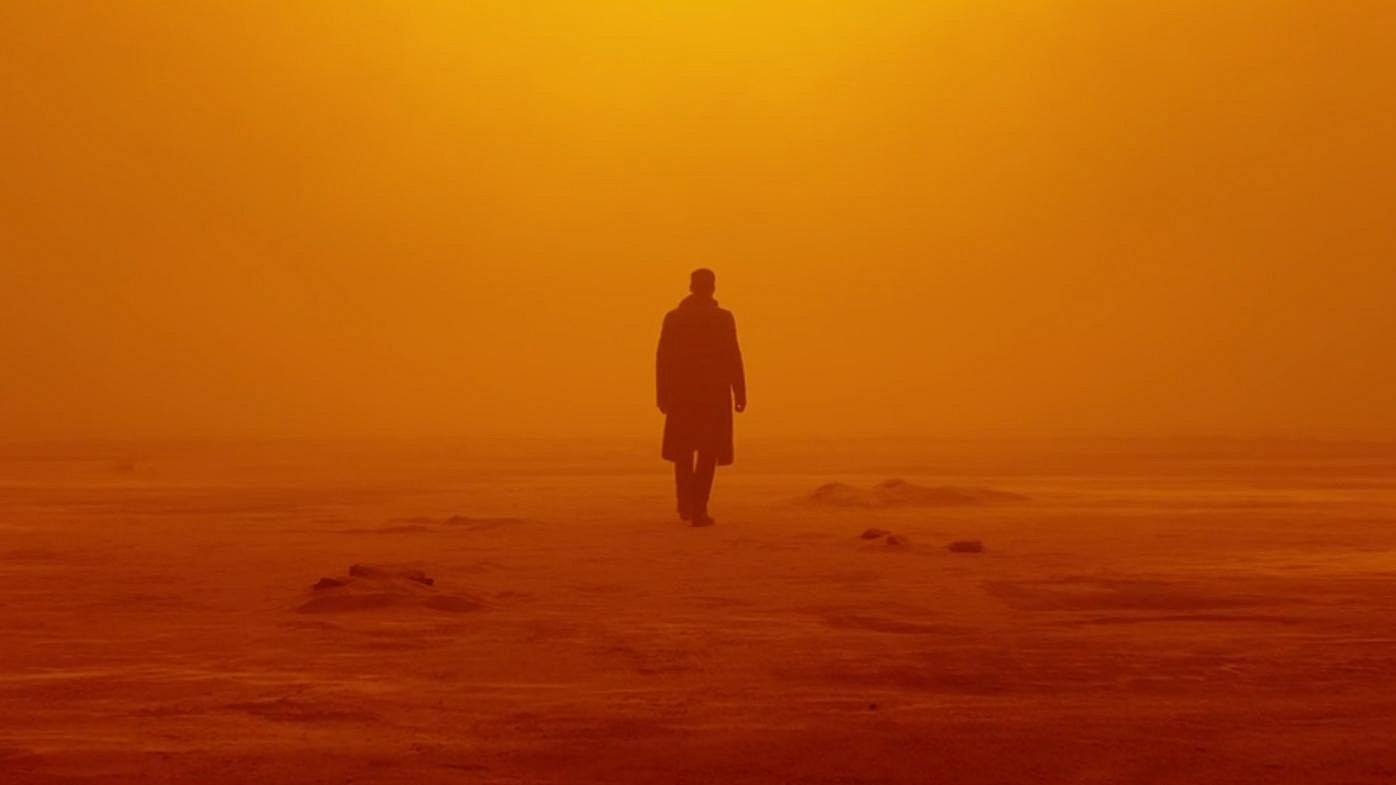Blade Runner 2049: The non-evolution of product placement

The world of Blade Runner has changed between 2019 and 2049. Product placement also has between 1982 and 2017.
There’s something off in the way product placement is done in Blade Runner 2049.
It’s Abe Sauer from Branchannel that piqued my curiosity and made me realize that what seemed so futuristic in the first film, sky-high billboards, the ubiquitous presence of advertising, was very new in 1982 and gave a real feeling of discovery, and even a little craziness on the part of future brands towards consumers. A too-big-for-this-world presence of Pan Am, Sony and others.
This brand presence served two things, on one end it wanted to show a future where brands would be everywhere, 24/7 and in a very interruptive manner, but it also served the production, helping finance it.
In 1982, there was something new about it, both for the future and the present.
Let’s jump to 2017. A very similar recipe was used in Blade Runner 2049. Brands that are really front-and-forward (some are the same ones from the first film, and even one which doesn’t even exist anymore: Pan Am), interruptive and pervasive.
But something’s just a bit off.
In the 2017 film, there’s this impression of bad product placement. An impression that the product placement isn’t integrated well enough into the storytelling. We see it and notice it just a bit too much.
What happened is that we, the consumers, have evolved.
Our advertising radar is sharper than 35 years ago and I often say it, many of us have become allergic to traditional advertising.
Integrating a brand into a story, in 2017, cannot be done the same way it was done in 1982, the consumer has changed too much and his acceptation level for how much a brand should be present in entertainment content also.
I invite you to read Abe Sauer’s article, his analysis of product placement in one of the great films of 2017, and don’t hesitate to contact me if you believe your content strategy might be stuck in the past, with initiatives that might need a reboot.


